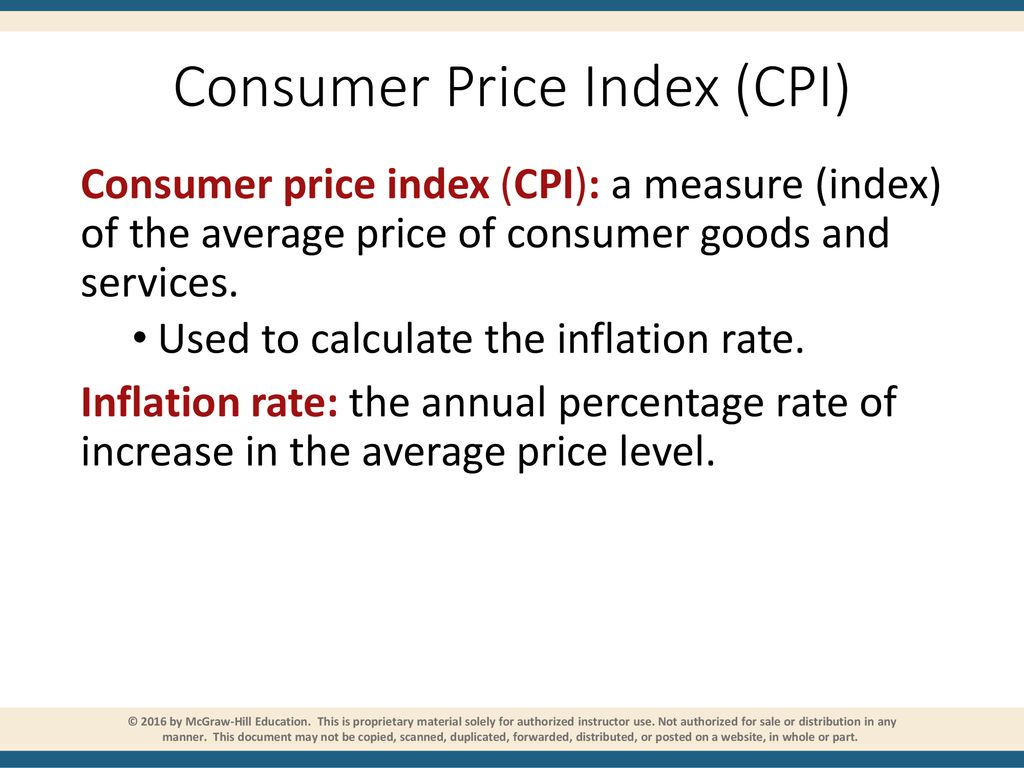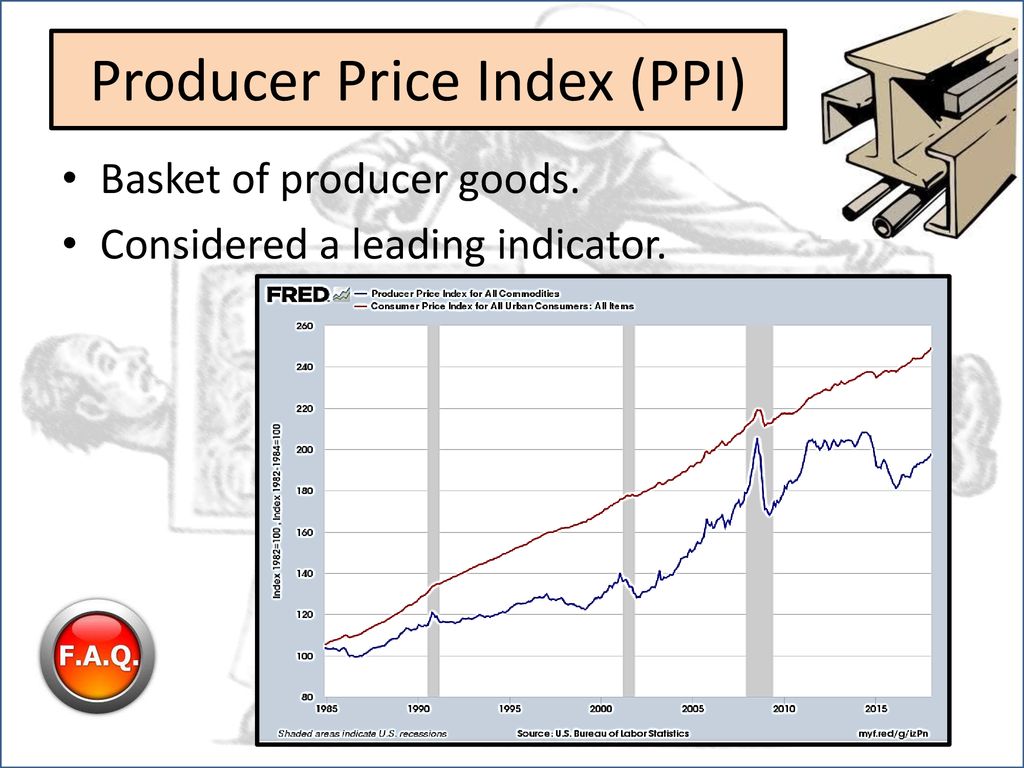
Consumer Price Index (CPI): How Inflation is Measured – Your Essential Guide
Have you ever noticed that your favorite coffee costs a little more than it used to? Or that your grocery bill seems to creep up each month, even if you’re buying the same items? This feeling of things getting more expensive is what we commonly call inflation.
But how do economists, governments, and businesses actually measure this phenomenon? They don’t just rely on a gut feeling. They use a powerful and widely recognized tool called the Consumer Price Index (CPI).
Understanding the CPI is like getting a secret decoder ring for the economy. It helps you understand why your money buys less over time, why interest rates change, and how the overall health of the economy is performing.
In this comprehensive guide, we’ll break down the Consumer Price Index in easy-to-understand terms, explaining what it is, how it’s calculated, why it matters to you, and its role in shaping economic policy.
What Exactly is Inflation? A Quick Refresher
Before we dive into the CPI, let’s make sure we’re on the same page about inflation.
Inflation is simply the rate at which the general level of prices for goods and services is rising, and consequently, the purchasing power of currency is falling.
Imagine you have $100.
- If a basket of groceries costs $100 today, you can buy that basket.
- If there’s 5% inflation, that same basket will cost $105 next year. Your $100 can no longer buy the full basket – its purchasing power has decreased.
Why does inflation matter? Because it directly impacts your wallet, your savings, and your future financial security. Unchecked inflation can erode your wealth and make everyday life unaffordable.
Introducing the Star: The Consumer Price Index (CPI)
The Consumer Price Index (CPI) is the most widely used measure of inflation and is often referred to as the "cost of living" index. It’s a key economic indicator that helps us understand how prices for a "basket" of everyday goods and services are changing over time.
Think of the CPI as a report card for price stability.
Who calculates it?
In the United States, the CPI is calculated and published monthly by the Bureau of Labor Statistics (BLS), an agency of the U.S. Department of Labor. Other countries have their own statistical agencies that perform similar calculations.
How is the CPI Measured? The "Shopping Basket" Analogy
Measuring inflation for an entire economy sounds daunting, right? The BLS simplifies this by using a clever analogy: a "shopping basket" of goods and services.
Imagine a typical household’s shopping basket. What do they buy regularly? Groceries, pay rent, fill up their car, go to the doctor, buy clothes, get a haircut, and so on. The CPI tracks the price changes of these items over time.
Let’s break down the process:
1. The "Basket" of Goods and Services
The BLS doesn’t just pick random items. They conduct extensive surveys to determine what urban consumers actually buy. This creates a representative "market basket" that reflects the spending habits of millions of Americans.
This basket includes a vast array of categories, such as:
- Food and Beverages: Groceries, restaurant meals, snacks.
- Housing: Rent, homeowner’s equivalent rent, utilities (electricity, gas, water), furniture.
- Apparel: Clothing, footwear.
- Transportation: New and used vehicles, gasoline, public transportation fares, car insurance, maintenance.
- Medical Care: Doctor visits, prescription drugs, hospital services, health insurance.
- Recreation: Televisions, sports equipment, club memberships, admissions.
- Education and Communication: College tuition, school books, internet services, telephone services.
- Other Goods and Services: Personal care products, tobacco, funeral expenses.
Key Point: The "basket" isn’t a fixed list of items. It’s updated periodically to reflect changes in consumer spending patterns and the introduction of new products. For example, years ago, cell phones weren’t a significant part of the basket; today, they are.
2. Collecting Price Data
This is where the real legwork comes in. BLS data collectors gather tens of thousands of prices each month from a wide variety of sources across 75 urban areas throughout the U.S.
- They visit or call retail stores, service establishments, and rental units.
- They also collect prices from online sources.
- They track prices for specific items (e.g., a gallon of whole milk, a specific brand of cereal, the rent for a 2-bedroom apartment).
This ensures the data is accurate and reflects actual prices consumers are paying.
3. Weighting the Basket: Not All Items are Equal
Imagine your monthly budget. You probably spend a lot more on rent or your mortgage than you do on a single loaf of bread, even if the price of bread goes up significantly.
The CPI accounts for this by weighting each item in the basket based on its importance in the average consumer’s budget.
- If housing makes up 30% of an average household’s spending, then price changes in housing will have a much larger impact on the CPI than price changes in, say, coffee (which might be 0.5% of spending).
- This weighting ensures that the CPI accurately reflects the overall impact of price changes on consumers’ wallets.
4. Calculating the Index
Once all the prices are collected and weighted, the BLS calculates the index. It’s essentially a comparison of the current cost of the basket to its cost in a base period.
- Base Period: The BLS designates a specific period (currently 1982-1984) as the base period, where the CPI is set to 100.
- Example: If the CPI for a given month is 280, it means that the cost of the basket of goods and services is 180% higher than it was in the 1982-1984 base period (280 – 100 = 180).
The most important number for most people is the percentage change in the CPI from one period to another.
- If the CPI was 280 in January and 282.8 in February, the monthly inflation rate would be:
(282.8 – 280) / 280 * 100 = 1% - This means prices, on average, rose by 1% from January to February.
What Does a CPI Number Mean? Interpreting the Data
When you hear about the CPI on the news, you’ll typically hear figures like "CPI rose 0.3% last month" or "Year-over-year CPI stands at 3.5%."
- Monthly Change: This tells you how much prices changed from the previous month. It’s useful for understanding immediate trends.
- Annual (Year-over-Year) Change: This is the most commonly cited figure. It compares the current month’s CPI to the CPI from the same month a year ago. This provides a clearer picture of the sustained inflation trend, as it smooths out seasonal fluctuations.
Example: If the annual CPI is reported at 3.5%, it means that the "average" cost of the consumer basket has increased by 3.5% over the past 12 months. This is your inflation rate.
Why is the CPI So Important? Its Impact on Your Life and the Economy
The CPI isn’t just an abstract economic number. It has profound real-world implications for individuals, businesses, and government policy.
1. For Individuals: Your Purchasing Power and Wages
- Cost of Living Adjustments (COLAs): Many benefits, like Social Security payments, military and federal retirement pay, and some private pensions, are tied to the CPI. When the CPI rises, these payments often increase to help recipients maintain their purchasing power.
- Wage Negotiations: Unions and employees often use CPI data as a basis for negotiating wage increases to ensure their salaries keep pace with the rising cost of living.
- Budgeting and Financial Planning: Understanding inflation helps you plan your personal finances, savings, and investments more effectively. If inflation is high, your savings lose value faster, prompting you to seek investments that can outpace inflation.
2. For Businesses: Pricing and Investment Decisions
- Pricing Strategies: Businesses use CPI data to inform their pricing decisions. If their input costs (materials, labor) are rising due to inflation, they may need to raise their prices to maintain profit margins.
- Wage Setting: Employers use CPI to adjust wages and salaries for their employees, aiming to attract and retain talent while managing labor costs.
- Investment Decisions: Businesses consider inflation when making long-term investment decisions, as it affects the real return on their investments.
3. For Government and Policymakers: Economic Stability
- Monetary Policy (The Federal Reserve): This is perhaps the most critical use of the CPI. The U.S. central bank, the Federal Reserve (often called "the Fed"), has a "dual mandate": to achieve maximum employment and stable prices (low and stable inflation).
- If CPI indicates inflation is too high, the Fed might raise interest rates to cool down the economy and slow price increases.
- If inflation is too low (deflation), the Fed might lower interest rates to stimulate spending and economic activity.
- Fiscal Policy: Government agencies use CPI to adjust tax brackets, poverty thresholds, and other economic programs.
- International Comparisons: The CPI allows for comparisons of inflation rates between different countries, helping economists understand global economic trends.
Limitations and Nuances of the CPI
While the CPI is an invaluable tool, it’s not perfect and has some inherent limitations:
1. Substitution Bias
When the price of a good rises significantly, consumers often substitute it with a cheaper alternative.
- Example: If beef prices skyrocket, people might buy more chicken or pork instead.
- The CPI’s fixed basket might initially overestimate inflation because it assumes consumers continue buying the more expensive item, even when they’ve switched. The BLS tries to mitigate this by updating the basket and using complex formulas, but a lag exists.
2. Quality Changes
Over time, goods and services often improve in quality.
- Example: A smartphone today is vastly more powerful and capable than one from 10 years ago, even if its price hasn’t increased proportionally.
- The CPI tries to adjust for these quality improvements (hedonic adjustments) so that a price increase reflects a true increase in cost, not just a better product. However, accurately measuring quality improvements can be challenging.
3. New Goods and Services
The introduction of entirely new products (e.g., streaming services, electric vehicles) poses a challenge. It takes time for these items to be incorporated into the CPI basket and for their prices to be fully tracked, potentially causing a delay in reflecting their impact on consumer spending.
4. Geographic Differences
The national CPI represents the average for urban consumers across the U.S. However, the cost of living can vary significantly from one city or region to another.
- New York City’s inflation rate might be different from that in a rural town in Kansas. The BLS does publish regional and metropolitan area CPIs to address this.
Beyond the Headlines: Different Types of CPI
You might sometimes hear about different versions of the CPI. Here are the main ones:
- CPI-U (Consumer Price Index for All Urban Consumers): This is the most common and widely reported CPI. It covers about 93% of the U.S. population, representing urban households, including professionals, self-employed, poor, unemployed, and retired persons.
- CPI-W (Consumer Price Index for Urban Wage Earners and Clerical Workers): This index represents about 29% of the U.S. population and is used primarily for adjusting Social Security benefits and other indexed payments. It reflects the spending patterns of households where at least half of their income comes from clerical or wage occupations.
- Core CPI: This measure excludes the volatile food and energy components from the overall CPI. Food and energy prices can fluctuate wildly due to weather, geopolitical events, or supply shocks. Economists often look at Core CPI to get a clearer picture of underlying, long-term inflation trends, as it’s less affected by temporary shocks.
How Can You Stay Informed?
Understanding the CPI is a valuable skill for anyone interested in their personal finances or the broader economy. Here’s how you can stay informed:
- Bureau of Labor Statistics (BLS): The official source! Visit their website (www.bls.gov) for monthly CPI releases, detailed reports, and explanations.
- Federal Reserve (The Fed): The Fed’s website (www.federalreserve.gov) provides insights into how they interpret inflation data and their monetary policy decisions.
- Reputable Financial News Outlets: Major financial news organizations (e.g., The Wall Street Journal, Bloomberg, Reuters, reputable economic news sites) provide analysis and context for CPI reports.
Conclusion: Your Inflation Decoder Ring
The Consumer Price Index (CPI) might seem like a complex economic term, but at its heart, it’s a practical tool designed to measure how the cost of living changes over time. By tracking the prices of a representative "basket" of goods and services, the CPI provides an essential snapshot of inflation.
For you, the consumer, understanding the CPI means:
- Greater awareness of your purchasing power.
- Better insights into why prices are changing.
- A clearer picture of how economic policies might affect your financial future.
So, the next time you hear about the CPI on the news, you’ll know exactly what it means and why it’s such a vital number for every one of us. It’s your personal inflation decoder ring, helping you navigate the ever-changing economic landscape.
.jpg)



Post Comment